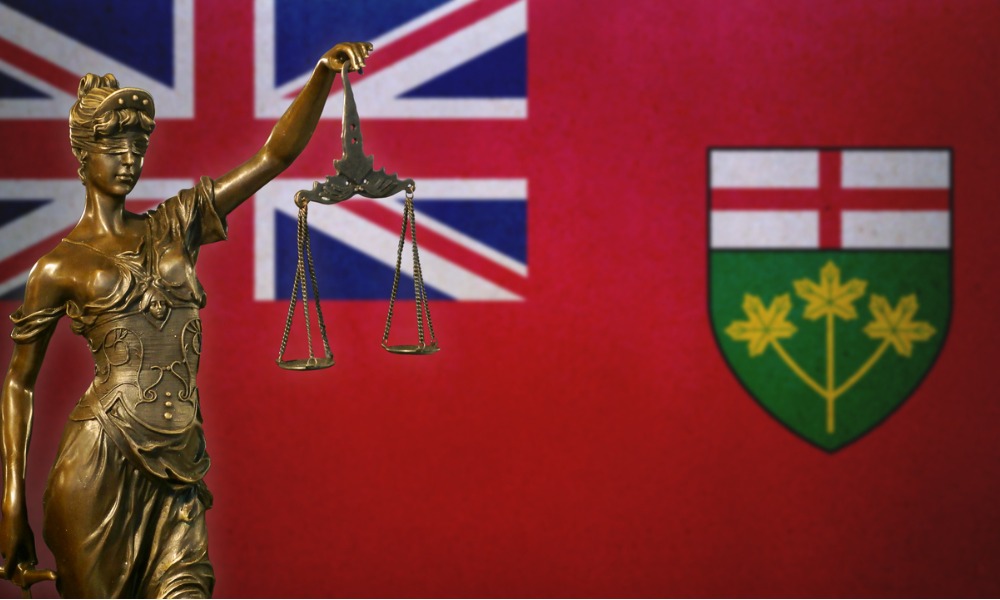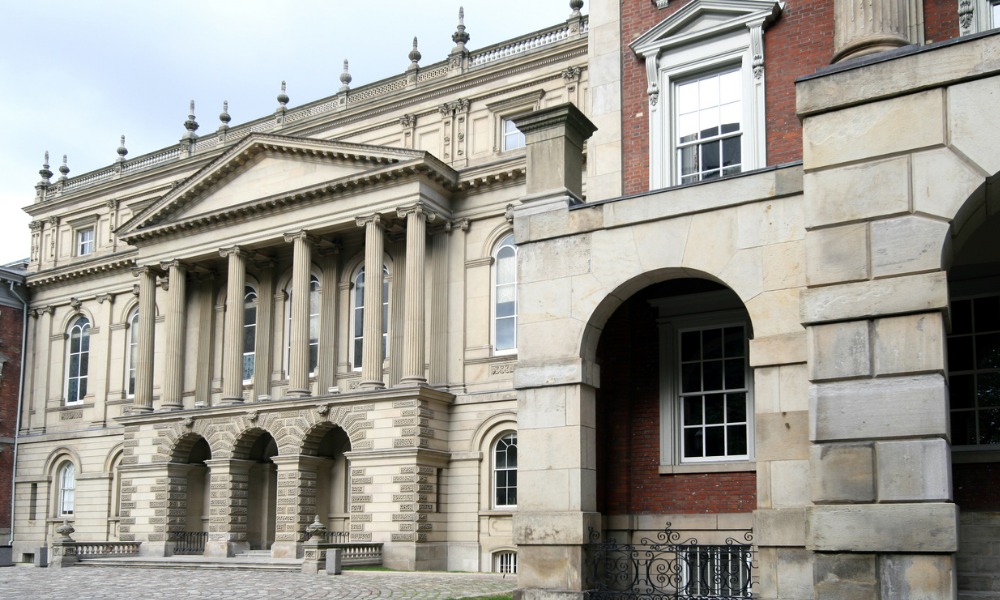Throughout the recent federal election campaign and early in his victory speech, Justin Trudeau invoked Sir Wilfrid Laurier and his “sunny ways” as he contrasted his own open and optimistic approach with that of the Conservative leader. Of course, he’s well to seek to channel Laurier, our only prime minister to win four successive elections between 1896 and 1908 before losing on his fifth try in 1911.
 It is not Laurier’s political feats I wish to examine today but rather his approach to judicial appointments. Are there lessons Trudeau might take from his idol’s record? While Trudeau enters power with a bench filled with nine years of Harper appointments and a Supreme Court with only two judges not named by Harper, Laurier’s challenge was even greater. In 1896, the Liberals had been in power for only five years in the three decades since Confederation, leaving most of the Canadian bench filled with Conservative appointees. Sir John A. Macdonald was under strong pressure to reward only supporters, one of whom admonished Laurier that “if we go out of our own party to bestow the prizes in our gift, we are simply courting a repetition of the disaster which befell our party [in 1878] because of [prime minister Alexander] Mackenzie’s neglect to recognize the just claims of its members.”
It is not Laurier’s political feats I wish to examine today but rather his approach to judicial appointments. Are there lessons Trudeau might take from his idol’s record? While Trudeau enters power with a bench filled with nine years of Harper appointments and a Supreme Court with only two judges not named by Harper, Laurier’s challenge was even greater. In 1896, the Liberals had been in power for only five years in the three decades since Confederation, leaving most of the Canadian bench filled with Conservative appointees. Sir John A. Macdonald was under strong pressure to reward only supporters, one of whom admonished Laurier that “if we go out of our own party to bestow the prizes in our gift, we are simply courting a repetition of the disaster which befell our party [in 1878] because of [prime minister Alexander] Mackenzie’s neglect to recognize the just claims of its members.”
There were some 256 vacancies in s. 96 courts during the Laurier years, 105 in the county courts, and 151 in all courts above that level. At the trial level, especially in county court appointments, patronage seemed to be the overriding consideration. But at the appellate level and when it came to naming chief justices, Laurier’s practice diverged quite a bit from his predecessor’s. He was willing to promote sitting judges, usually the most senior one on a given court, even though they were almost invariably Macdonald appointees when he could have parachuted in loyal supporters directly from the bar or politics.
Sometimes he did the latter, most notably in the case of his justice minister, Charles Fitzpatrick, whom he named chief justice of Canada in 1906. But in a significant number of cases, Laurier was willing to promote a sitting judge appointed by the Conservatives. That weakening of the grip of patronage was a significant step at the time and one the new government should emulate at all levels of the court hierarchy.
Religion and ethnicity were also important factors in the calculus of appointment. Laurier named the first French-Canadian chief justice of Canada, Sir Henri-Elzéar Taschereau, in 1902. There wouldn’t be another until Thibaudeau Rinfret’s appointment in 1944. Trudeau will likely follow the convention, begun with Rinfret’s elevation, of rotating the chief justiceship between anglophone and the Quebec judges. Thus, it’s likely that the successor to Chief Justice Beverley McLachlin will come from among the Quebec judges. Laurier also achieved an equal balance of Catholics and Protestants on the Supreme Court with the appointment of T.W. Anglin in 1909 (the court had only six members at the time). But he achieved that balance at the expense of ethnicity: two of the Catholics were of Irish background and only one was French-Canadian, leaving the Supreme Court with only one French-Canadian judge until 1918. Laurier didn’t promote a prominent Acadian judge to be chief justice of New Brunswick. In Ontario, Laurier increased Catholic representation by only one on the superior courts and appointed no francophones above the level of the county court. His record on this front was rather timid but he was ever conscious of the possibility of an anglophone backlash.
Trudeau will be facing a similar calculus with gender, visible minority and aboriginal status, and possibly disability rather than religion as prominent factors. While the Conservative government’s percentage of female appointments recovered toward the end of his time in office after an initial decline, the numbers of successful visible minority and aboriginal candidates remained dismal. Expect a Trudeau government to take the diversity of the Canadian bench seriously. The biggest challenge will not be in English Canada, as in Laurier’s day, but in Quebec where visible minority judges are virtually non-existent. Everywhere in Canada, there will be calls for more aboriginal lawyers to join the bench.
But the biggest issue facing the new government on the judicial front is replacing the broken judicial selection process. If not via a full-fledged royal commission, some kind of arm’s-length process seems to be necessary to advise the government on the creation of a more transparent and legitimate way of naming s. 96 judges. With the Charter of Rights and Freedoms now in its fourth decade, the courts have more power to alter Canadian life than many parliamentary committees. Judgeships should no longer be prizes in the gift of the government. But it will take more than Laurier’s sunny ways to illuminate the way toward that much-needed reform.
Philip Girard is a legal historian and professor at Osgoode Hall Law School. He’s also associate editor at the Osgoode Society for Canadian Legal History. His e-mail address is [email protected].








